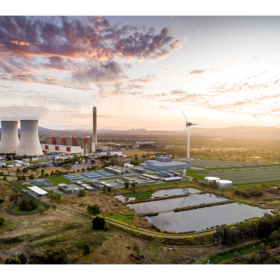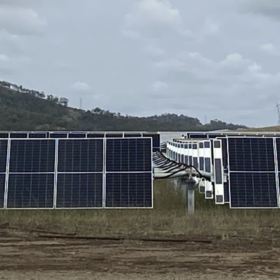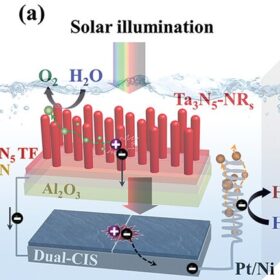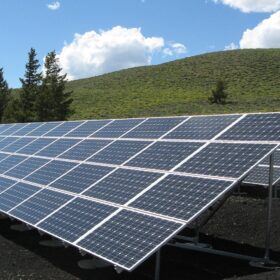Australian hydropower company begins work on 2 GW pumped hydro project
Exploratory work and detailed site investigations have started for the 2 GW Borumba Dam pumped hydro project in Queensland, Australia.
Australian company launches 3 GW wind, solar tender
Australia’s CleanCo has launched an expression of interest process to add 3 GW of wind and solar generation to its portfolio.
Stanwell partners with Queensland manufacturer on ‘world’s largest’ iron flow battery
Electricity generator Stanwell Corporation has supersized its plans to develop grid-scale iron flow battery storage systems in collaboration with Queensland-based battery manufacturer Energy Storage Industries – Asia Pacific, announcing a binding agreement that could deliver a 150 MW commercial battery by as early as 2029.
Australia backs 248 GW pipeline to counter reliability challenges
The Australian Energy Market Operator (AEMO) says that 248 GW of proposed generation projects, storage installations, transmission developments, and government energy programs have the potential to address many of the risks in its latest market forecast – if they are delivered to schedule.
The Hydrogen Stream: Water splitting with solar-to-hydrogen efficiency of 12%
A Japanese team is working on a solar water splitting system with a 12% solar-to-hydrogen efficiency, while UK researchers have identified the reason why graphene’s dense crystalline structure is much more permeable to protons.
Batteries overtake pumped hydro in Australia’s National Electricity Market
Grid-scale battery storage systems have surpassed the charging capacity of pumped hydro in Australia’s national grid, following the recent completion of two new battery projects, totaling 150 MW.
Vena launches plan to support solar, storage ‘megaproject’ in Indonesia
Singapore-based developer Vena Energy says it will investigate opportunities to make solar panel components and battery energy storage systems in Indonesia, in order to support a hybrid megaproject with up to 2 GW of solar and more than 8 GWh of energy storage.
Australia’s latest tender for generation, storage largely oversubscribed
Investors have submitted bids for 3.1 GW of wind and solar projects, along with 1.6 GW of long-duration storage projects, in response to the New South Wales government’s latest tender for renewable energy generation and storage capacity.
Australian startup builds production line for thermal energy storage blocks
Australia-based MGA Thermal has secured AUD 8.25 million ($5.39 million) from domestic and international investors as it gears up for commercial-scale production of its thermal long-duration energy storage solution.
Lightweight solar panel provides solution for rooftop installations
Australian installer UV Solar has rolled out a new frameless solar panel that manufacturer GoodWe says is 60% lighter than conventional PV modules, making it ideal for rooftops that are unable to support traditional PV and racking.
















